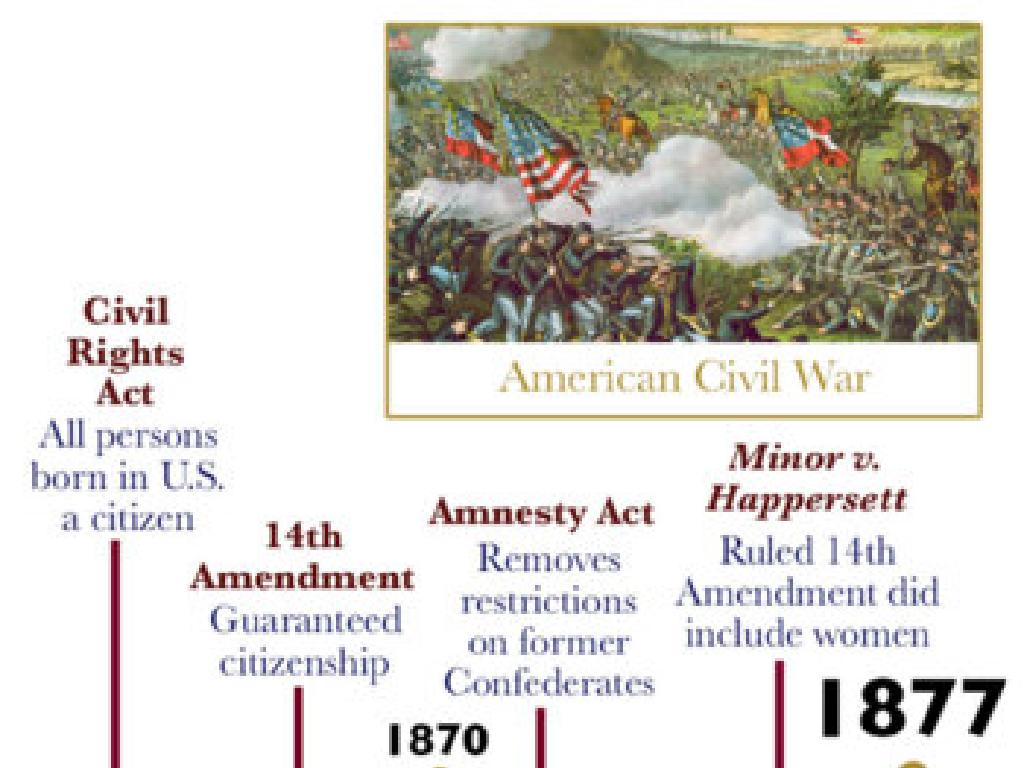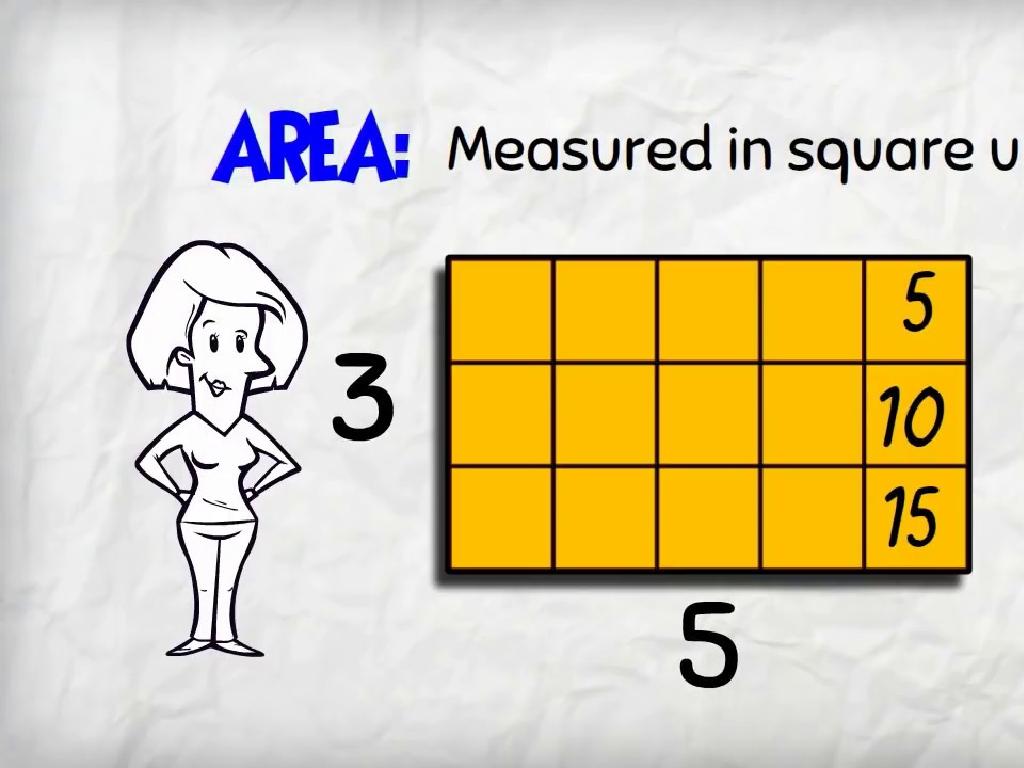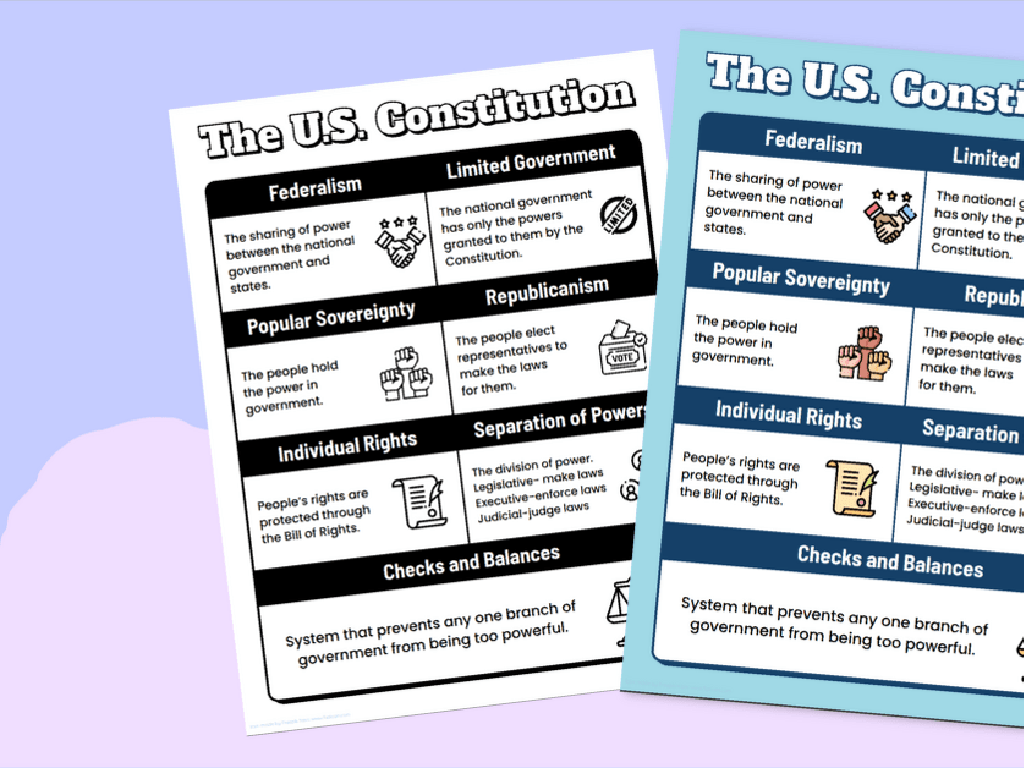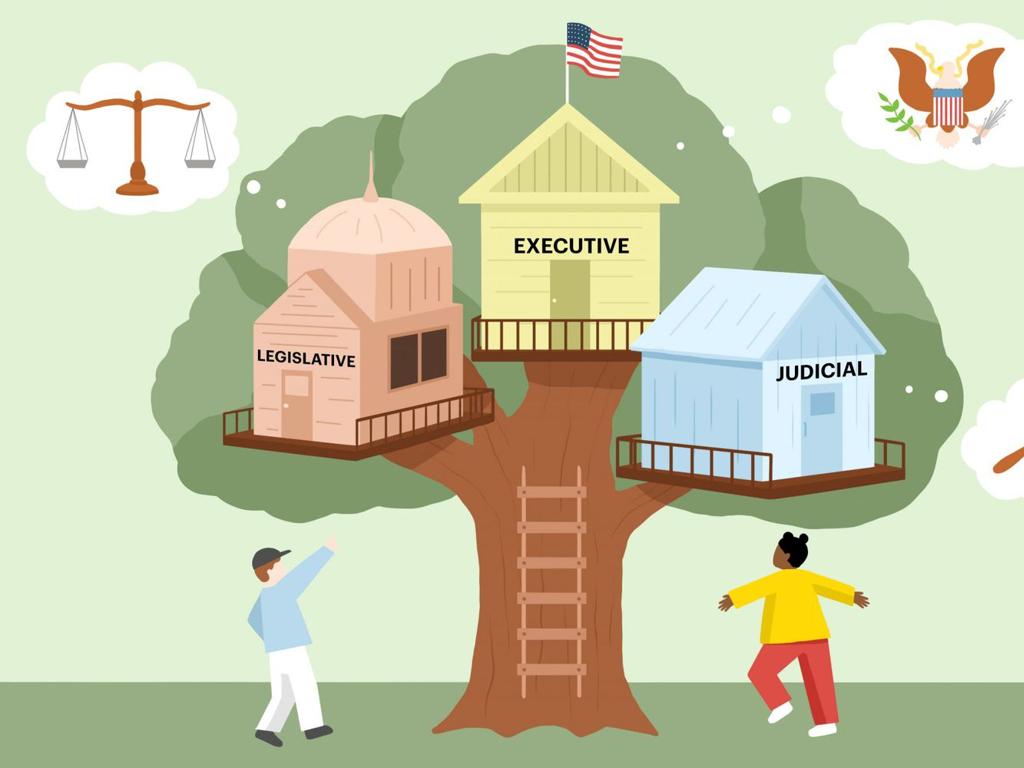Convert Between Decimals And Fractions Or Mixed Numbers
Subject: Math
Grade: Eighth grade
Topic: Rational Numbers
Please LOG IN to download the presentation. Access is available to registered users only.
View More Content
Introduction to Rational Numbers
– Understanding Rational Numbers
– Definition of a Rational Number
– Any number representable as a fraction a/b, where a and b are integers, and b is not zero.
– Examples of Rational Numbers
– Examples: 1/2, 3/4, 0.75, 2 (as 2/1)
– Non-examples to Clarify
– Non-examples: Pi (À), square root of 2 ( 2), because they can’t be precisely written as a simple fraction.
|
This slide introduces the concept of rational numbers, which is foundational for understanding how to convert between decimals and fractions or mixed numbers. Emphasize that rational numbers include all integers, fractions, and terminating or repeating decimals, as they can all be expressed as a ratio of two integers. Provide clear examples of rational numbers, including both fractions and their decimal equivalents. Also, present non-examples like irrational numbers, which cannot be expressed as a simple fraction, to help students differentiate between the two. Encourage students to think of their own examples and non-examples to solidify their understanding.
Decimals and Fractions: Understanding the Relationship
– Decimals: A closer look
Decimals are numbers with a decimal point, representing parts of a whole.
– Fractions: Basic concepts
Fractions consist of a numerator over a denominator, indicating division.
– Relationship between decimals and fractions
Every decimal has an equivalent fraction, and vice versa.
– Conversion techniques
Use multiplication or division to convert between decimals and fractions.
|
This slide introduces the fundamental concepts of decimals and fractions, aiming to help students understand that both are different representations of rational numbers. Decimals are numbers that use a decimal point to show a whole number plus a fraction of a whole (like 0.75). Fractions use a numerator and denominator to show how many parts of a whole we have (like 3/4). Highlight the fact that decimals and fractions are two sides of the same coin and can be converted into one another. For example, 0.75 can be converted into 3/4 by understanding place values and vice versa. Teach students the methods to convert decimals to fractions by finding the equivalent fraction with a denominator of 10, 100, etc., and converting fractions to decimals by dividing the numerator by the denominator. Provide examples and practice problems to solidify their understanding.
Converting Decimals to Fractions
– Steps for decimal to fraction conversion
– Write down the decimal divided by 1, multiply numerator and denominator by 10 until you have an integer, simplify the fraction if possible.
– Example: Convert 0.75 to a fraction
– 0.75 = 75/100 which simplifies to 3/4
– Practice: Convert 0.5 to a fraction
– Follow the steps to convert 0.5 into a fraction
|
This slide introduces the process of converting decimals to fractions, a key concept in understanding rational numbers. Start by explaining the steps: writing the decimal over 1, multiplying to remove the decimal point, and simplifying. Use 0.75 as an example to demonstrate the process, showing how it becomes 75/100, which simplifies to 3/4. Then, engage students with a practice problem, converting 0.5 to a fraction. Walk through the steps together, ensuring they understand that 0.5 becomes 5/10, which simplifies to 1/2. Encourage students to try more examples and provide immediate feedback to solidify their understanding.
Converting Fractions to Decimals
– Steps to convert fractions
– Divide the numerator by the denominator.
– Example: Convert 3/4
– 3 divided by 4 equals 0.75
– Practice: Convert 1/2
– Try converting 1/2 into a decimal as practice.
|
This slide is focused on teaching students the process of converting fractions to decimals. Begin by explaining the steps: to convert a fraction to a decimal, divide the numerator (the top number) by the denominator (the bottom number). Use the example of 3/4 to show this process in action; when 3 is divided by 4, the result is 0.75, which is the decimal equivalent of the fraction. Then, provide students with the practice problem of converting 1/2 to a decimal. Encourage them to apply the same method and verify their answer. This exercise helps reinforce their understanding of the conversion process and prepares them for more complex fractions.
Converting Mixed Numbers
– Define a mixed number
– A number with a whole part and a fraction part, e.g., 3 1/2
– Mixed to improper fractions
– Multiply whole number by denominator, add numerator, e.g., 3 1/2 to 7/2
– Improper fractions to decimals
– Divide numerator by denominator, e.g., 7/2 to 3.5
– Practice conversion steps
|
This slide introduces students to the concept of mixed numbers and the process of converting them to improper fractions and then to decimals. Start by defining a mixed number and ensure students understand its components. Demonstrate the conversion to improper fractions by using multiplication and addition. Then, show how to convert these improper fractions to decimals through division. Provide step-by-step examples for each conversion process and encourage students to practice with additional problems to reinforce their understanding.
Converting Decimals and Fractions: Practice
– Convert decimals to fractions
– Example: 0.25 becomes 1/4
– Change fractions to decimals
– Example: 1/8 becomes 0.125
– Mixed numbers to decimals
– Example: 2 1/2 becomes 2.5
– Review and practice
|
This slide is aimed at providing students with practice problems to reinforce their understanding of converting between decimals, fractions, and mixed numbers. For converting decimals to fractions, remind students to consider the place value of the last digit. For fractions to decimals, they should divide the numerator by the denominator. When converting mixed numbers, they need to convert the fractional part to a decimal and add it to the whole number. Encourage students to work through these examples in class or as homework to build confidence. Provide additional problems for extra practice and ensure to review the steps in the next class.
Class Activity: Converting Decimals and Fractions
– Pair up for conversion activity
– Convert assigned decimals and fractions
– Use long division for decimals to fractions
– Share results with the class
– Explain your methods and answers
– Discuss conversion challenges
– Share difficulties and learn from others
|
This activity is designed to promote collaborative learning and problem-solving skills. Students will pair up and work together to convert a set of assigned decimals to fractions or mixed numbers, and vice versa. After completing the conversions, each pair will share their answers with the class to ensure understanding and accuracy. Encourage students to discuss any challenges they faced during the process and how they overcame them. This will help them learn from each other and address common misconceptions. Possible activities: 1) Converting repeating decimals, 2) Converting improper fractions to mixed numbers, 3) Simplifying fractions after conversion, 4) Using benchmark fractions and decimals to estimate conversions, 5) Creating real-life scenarios where conversion is necessary.
Converting Decimals and Fractions: Summary & Homework
– Recap conversion methods
– Review steps for converting decimals to fractions and vice versa
– Significance of conversion skills
– Essential for advanced math topics and real-life applications
– Homework: Practice worksheet
– Master conversions for future math
– Understanding these concepts is crucial for algebra and beyond
|
This slide aims to summarize the lesson on converting between decimals and fractions/mixed numbers. Emphasize the importance of mastering these skills as they are foundational for higher-level math and practical in various real-life scenarios, such as financial literacy. The homework assignment is a worksheet that provides additional practice problems to reinforce today’s lesson. Encourage students to attempt all problems and remind them that these conversion skills are not just for class but are also essential tools for their future studies in mathematics.






